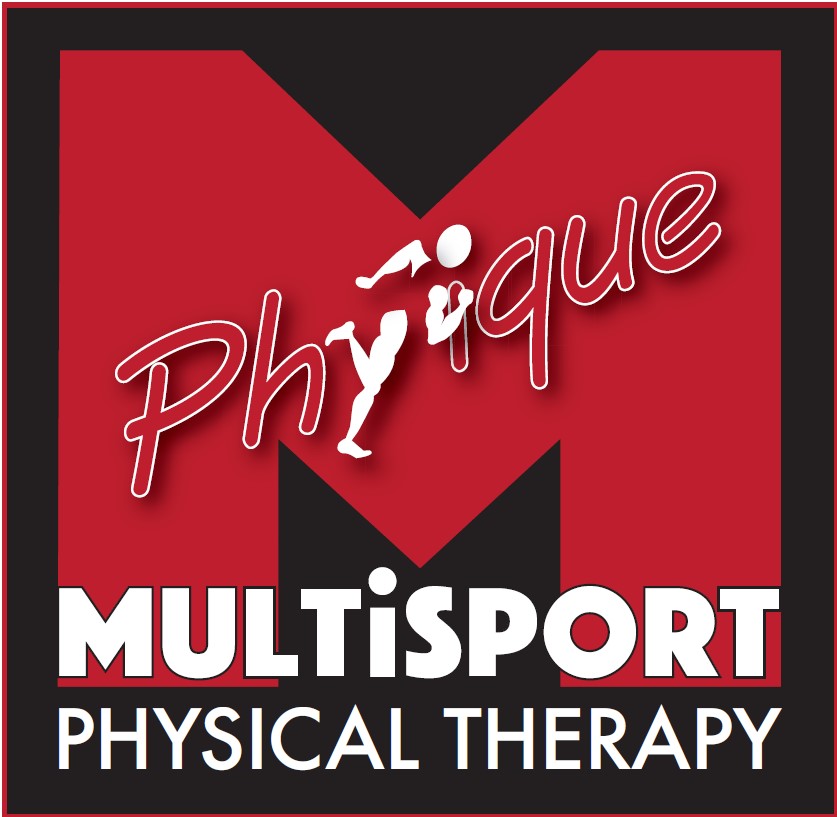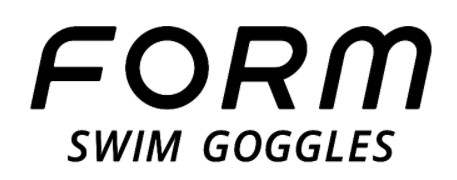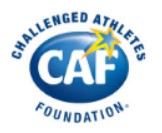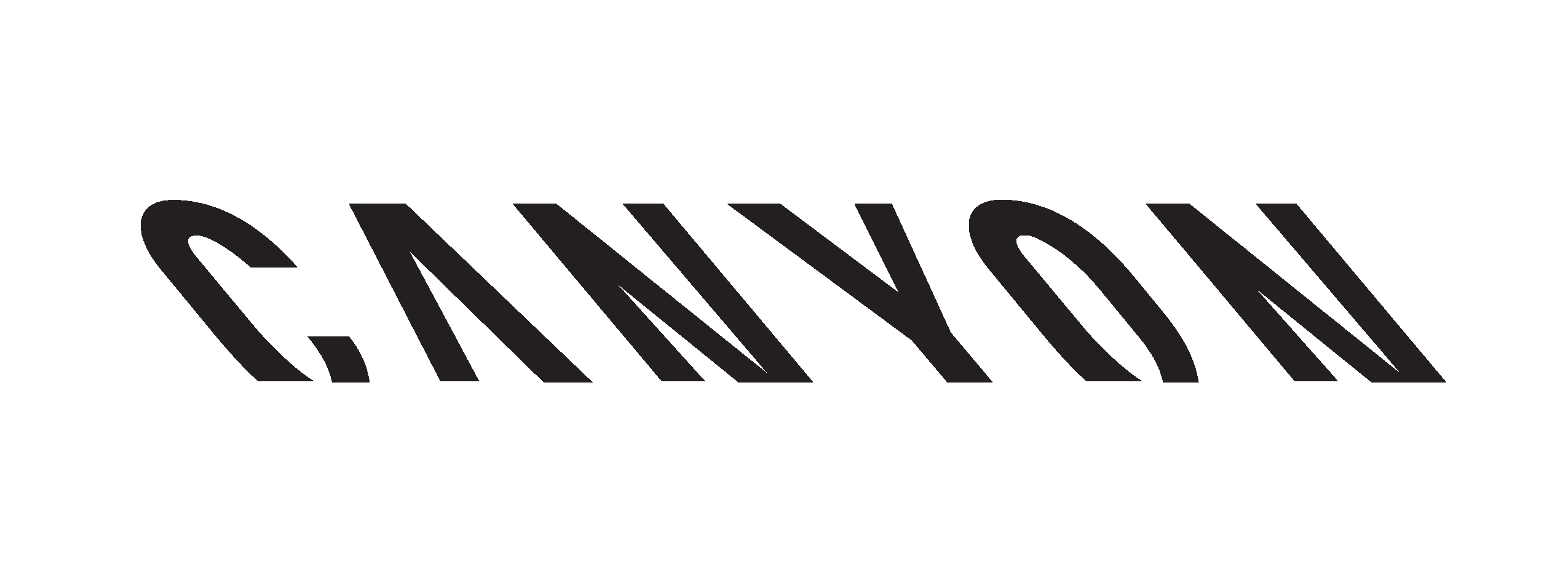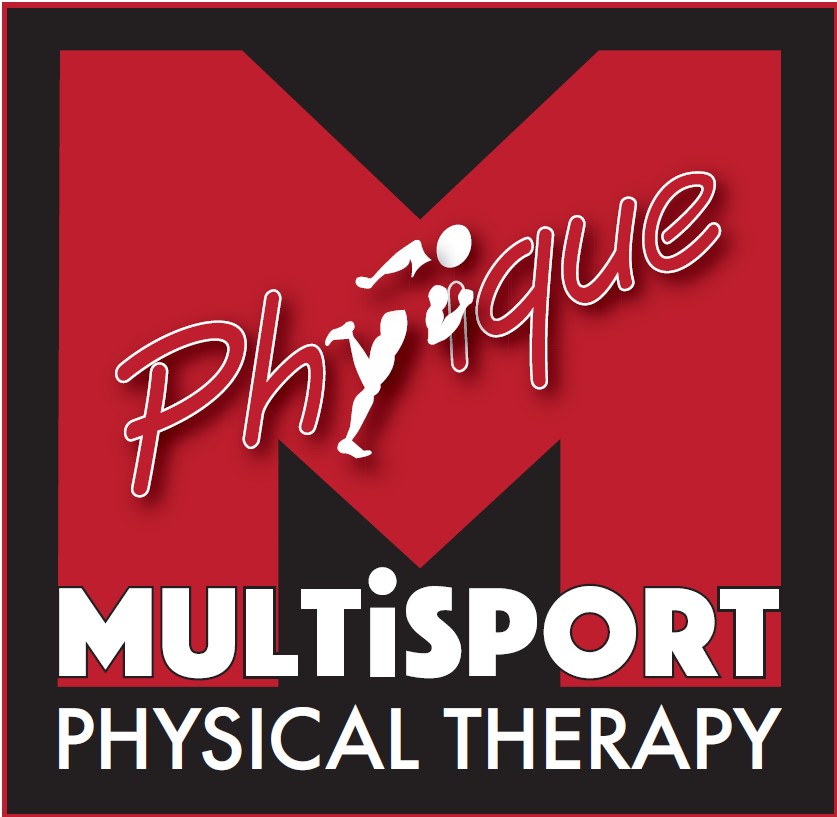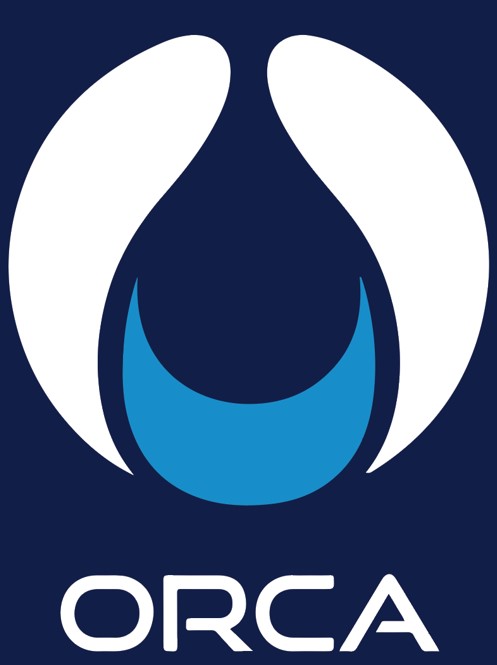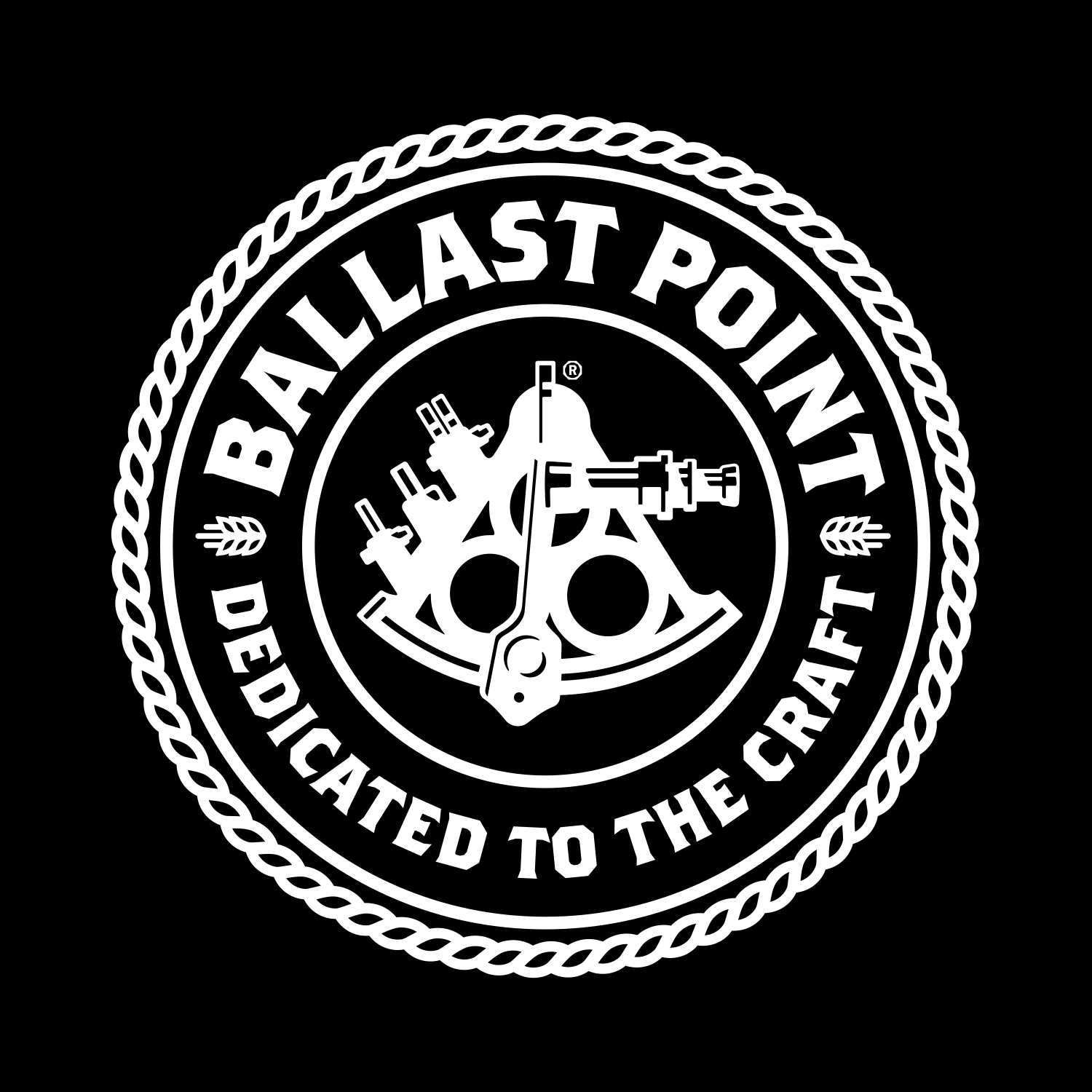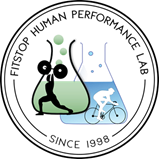Swim Tips from Gerry Rodrigues
Last week, the LA TriLab hosted esteemed coach and open water swimmer Gerry Rodrigues. Gerry’s seminar on how to massively improve your swim (mainly geared for triathletes) brought together almost 100 members into the tiny store. Standing room only. I attended both as an interested sport psychology consultant looking to learn more about triathlon, a sport I often work with, and as an open water swimmer, knowing that even in a discussion geared towards triathletes there would be much to take away from someone as intimately knowledgable with the sport as Gerry. Immediately I was glad I brought a notepad. Essentially, Gerry’s philosophy on swimming boils down to six major points. Education and Nutrition are the supporting cornerstones, allowing you to achieve excellence in the four other areas, but without which all else suffers. Educating yourself about your sport is your responsibility, if you wish to improve, that is. Gerry suggests following five cohorts who publish swimming and/or triathlon-related information he finds valuable. (Side note: one of my most valuable lessons from graduate school - if you want to be great, find out what the great people are reading and get your hands on it.) I was glad he mentioned Mike Collins of Nova Masters, since I had the privilege of swimming with him for so long and read everything he writes. There are some articles on the Nova Masters site, as well as a recent one here. I have also been a long-time subscriber to Swim Smooth, an Australian swimming club and blog by Paul Newsome, which has great information about open water technique. Other professionals included Joel Filliol, Jim Vance, and Brett Sutton. As for Nutrition, Gerry recommends Dr. Phil Goglia. The remaining four pillars are Training, Technique, Strength, and Psychology. Training. Gerry asserts that training is more important than technique (once a certain level is reached), and that most triathletes don’t do enough of it or do it intensely enough. If you get in the pool and do straight swimming going 1:30 pace, you’re going to go 1:30 pace in your race, and should not expect anything faster. If you’re doing longer sets where some of the swimming is much faster, then you have a shot at improving your race pace. Every workout should contain at least some fast swimming, at maximum effort. Even if you’re not feeling great that day, do a few 25s where the first 6 strokes are all out. For triathletes, at minimum, get in the pool three times a week, and make at least one of those workouts a 90-minute workout. I would argue that the same rule would apply to marathon swimmers for the pool. Many of us don’t swim in the pool as much as we should, but I’d argue that three times a week, with one of those at least 90 minutes, would be a good starting point. The 90-minute workout would be intense, and may look something like this: Warm up 10 minutes easy, 10-15 minutes working on stroke (snorkel, buoy, ankle strap); Main set 4x1000s broken - #1 4x250s descend 1-4 with gear, #2 10x100s no gear on tightest possible interval, #3 2x500s pull at 75% effort, #4 10x100s at 90% with :30-:60 rest. Depending on your speed, adjust the distance of the 1000s, so if you are a 2:00/100 swimmer perhaps going 600s or 800s would help you make the 90-minute target, while others may up the 1000s to 1200s or more. Technique. Much of this segment of the talk was controversial, but I agreed with most of it, and picked up a few new gems. The absolute most important thing for any open water swimmer is to hold their torso taut - almost stiff. The goal here is to achieve tautness without stiffness. Rotation is minimal unless you are under 20 minute miles (and I would argue still minimal for speedsters in rough water). Maintaining a tight core is difficult to do, but will eliminate all the stroke flaws that originate from coming out of alignment, or out of balance, especially when you breathe. A snorkel is great for this. Once you have a taut core, pull straight back with as much of a high elbow catch as you can, but that part is secondary. After achieving the taut torso, alignment is important: keep your head, hips, and feet in a straight line; absolutely no crossing over the midline with your hands…ever. High stroke rate is key for this minimal-rotation style of swimming and great for open water: forget everything you know about gliding and counting strokes. Other gear Gerry recommends are bull buoys (two sizes, one large and one child’s size…slowly wean yourself off the large one), an ankle strap, fins, and a tempo trainer. Paddles are only for those who can maintain form AND high stroke rate, and no larger than your hands. The idea with this gear is to work on maintaining a taut core while swimming. If you can pull yourself through the water with your legs at the surface while wearing a tiny buoy, ankle strap, and without kicking, you have a tight core. Progress towards that. Forget about drills. The best way to get better at swimming is swimming. “Drilling” would include correct swimming with the focus on maintaining taut and aligned bodies, and may include buoys, ankle straps, a snorkel, and occasionally fins to encourage proper “feel” and develop ankle flexibility. Some kicking is a good idea, but mainly on your stomach or back when you maintain a taut core…no side kicking since the concept here is no more than 30 degree rotation to either side anyways. (I would argue fist freestyle drill would fit in with his philosophy, but he did not mention that.) Finally, breathe every second stroke in main sets and races. Still breathe bilaterally, and maybe use every 3 in warm up, short sets, warm down, but switch to breathing every 2 strokes, alternating sides every so often, when you need to go fast. Why? More oxygen. 50% more oxygen to be exact. Strength. Purchase stretch bands/cords if you do not already have them. Use them to work on your pull (while performing high elbow catch and keeping the torso taut, of course). This and core work is all you need, twice a week for 20 minutes. The cords are also great to bring to races when it is too cold or impossible to get in the water to warm up. Here, I would argue that there are a few gym exercises that can help swimming (lat pulldown, single lats with pulleys (so you can use high elbow)), and many more that can help prevent injury (upper back, deltoids, rotator cuff), but that may be my bias because of my recurring shoulder injury. Psychology. Again, perhaps my bias, but this part was thin. We were also running out of time. Gerry discussed the importance of preparation - getting to the race early enough to warm up for the swim and not be rushed. Too often triathletes spend all of their time setting up their transition, try to squeeze into their wetsuit at the last minute, race to the start line, and then try to swim as fast as they ever have right away, saying to themselves, “I just need to get to my bike.” It would be insane to not warm up for a 10K run and sprint the first 400, so why do it here? Get there extra early, set up your transition, then get in the water and warm up, swim to the first buoy to see the course at water level and make any observations about the water, waves, currents, dry off and line up. If it’s cold, do a short run first and if you cannot get in the water have your bands ready. Gerry also touched on the importance of self-talk, telling the crowd to start saying to themselves - every day - “I am an open water swimmer.” All triathletes are open water swimmers; not all swimmers are open water swimmers. Own that and embrace that, and you’ll start feeling more comfortable with the role (training, of course, helps here too). But the idea was, start watching what you’re saying to yourself. Of course, I would recommend if you are looking for further resources regarding the psychology of open water swimming or triathlon, to check out this site: http://www.jenschumacher.com! I was thoroughly impressed with the talk, and did not want it to end. There was so much valuable information and I hear a Part 2 is in the near future as we round the corner into triathlon and open water season.





